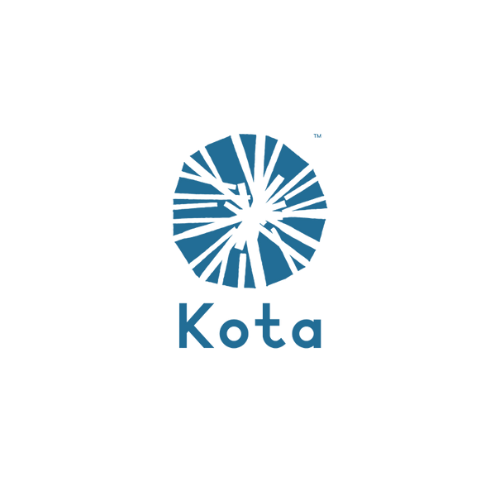Increasing Opportunities for Girls and Women in Nepal
By Jaana Rehnstrom
As an adolescent several decades ago, I had the opportunity to live and study for a few months in Nepal. My father had been hired for a short term UN consultancy there. Not until this year, fifty years later, did my dream of returning materialize. In the intervening years, Nepal has changed enormously: the air pollution in Kathmandu is bad, poverty and inequality high, but roads have been built and cell phone connections work almost everywhere; educational institutions abound, and this December 7, the country is conducting its first democratic elections since the abolition of the monarchy, the end of the Maoist insurgency and the approval of a new constitution in 2015. Life expectancy rose from 55 in 1990 to 68 in 2012. Yet so much still remains the same: the people are as friendly and kind as I remember; the countryside breathtakingly beautiful.
The situation for women in Nepal is gradually improving: while female literacy is still at 65 %, you find women working at all levels of society, and there seemed to be plenty of daycare and preschool opportunities in the city. While in the past, land ownership passed only to sons, now unmarried women over 35 also will have the right to inherit land. Abortion was legalized in 2002. The legal age of marriage is now 20, and the old practice of Chaupadi – isolating menstruating girls and women in small huts – was banned this past month. Naturally, it will take time for these changes to be known and accepted.
Challenges remain: 10,000 girls from poor rural families are trafficked to India or the Middle East annually. 37% of girls still marry before age 18, which means they are pulled out of school, particularly in rural villages. One way to prevent these issues is to help keep girls in school. Public education is available, but not free, often of poor quality, and due to lack of adequate sanitary facilities at school and old taboos surrounding menstruation, the education for girls often ends at puberty.
Empower Nepali Girls (ENG), one of our partner organizations, has worked for 15 years to help keep girls in school by subsidizing their tuition, books, and uniforms. They now have 300 girls enrolled from many different public schools in the countryside, as well as from two schools in Kathmandu. Their policy is to support each girl as far as they are willing to study, and have several college graduates among their alumni, and their first student in medical school. The organization is funded through fees paid for trekking trips, during which trekkers can visit some of the schools. Organizations like ENG teach us that besides having a crucial role in supplementing government services, a social enterprise model can successfully fund such efforts.
Other challenges include: Gender Based Violence (GBV) and inadequate reproductive health services.
NFCC, another of our partner organizations, is an established reproductive health care organization in Nepal. They have clinics around the country and are particularly active in conducting Human Papillomavirus and cervical cancer research and screenings, supported by foreign aid organizations.
One of the highlights of our trip was the witnessing and celebration of the opening of the NFCC Asha Center, a shelter and resource center for victims of domestic and sexual abuse. The center collaborates with other nonprofit organizations who may refer clients, as well as government institutions such as the maternity hospital, which often is the first stop for medical treatment for the victims of GBV, but which needs a place to refer for shelter and further help. Situated on the top floor of the NFCC office building in Kathmandu, this groundbreaking public-private partnership is financially supported by a group of 11 local women – dubbed #fantasticfemales. The women clearly felt empowered and excited about their role. The successful launch of this program shows us that it is possible to reduce reliance on foreign aid by tapping private sources within the country itself.
NFCC was also the first organization in Nepal to campaign for menstrual hygiene and education in the country. Menstruation is stigmatized and often taboo. Chaupadi is mostly practiced in the remote western regions, but one common practice bans girls from the kitchens during menstruation – believing they will make people sick if they touch the food.
In training workshops with village girls, created by Executive Director Pema Lhaki , young girls are taught about menstruation to empower them and eliminate taboos. They work with schools to improve sanitary facilities for girls, and conduct teacher training to educate girls and boys about menstruation and reproductive health issues. We had the opportunity to attend a focus group on the success of this training at a school east of the city of Dhulikel. We observed two group discussions with teenage girls aged 11-16. In these discussions, three of the girls reported that they had gone back and spoken to their mothers about what they had learned in school and successfully convinced their mothers to now allow them in the kitchen.
This program highlights the fact that progress happens when education and healthcare go hand in hand.
In cases like these, the young women reached by these programs will be educated and empowered to make further changes in their society. Kota’s mission is to help organizations like NFCC and Empower Nepali Girls ensure that change for women and girls is sustained and amplified.
More information and to support:
L to R: #fantasticfemales celebrating the opening of the Asha Center in Kathmandu; Menstrual health focus group interview in a rural village school; NFCC staff on a school visit; mural in Kathmandu




